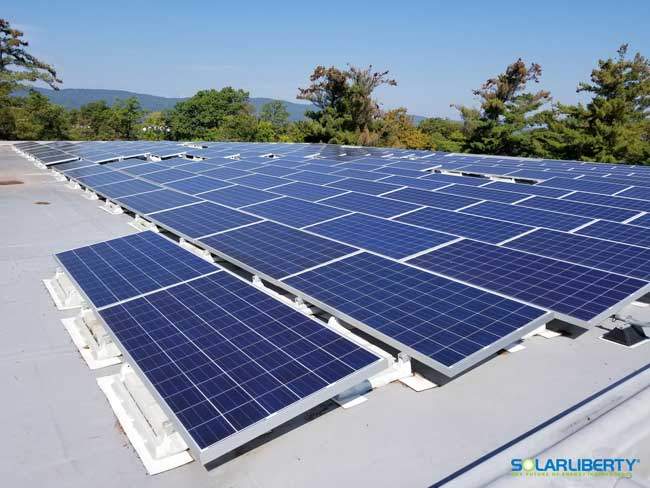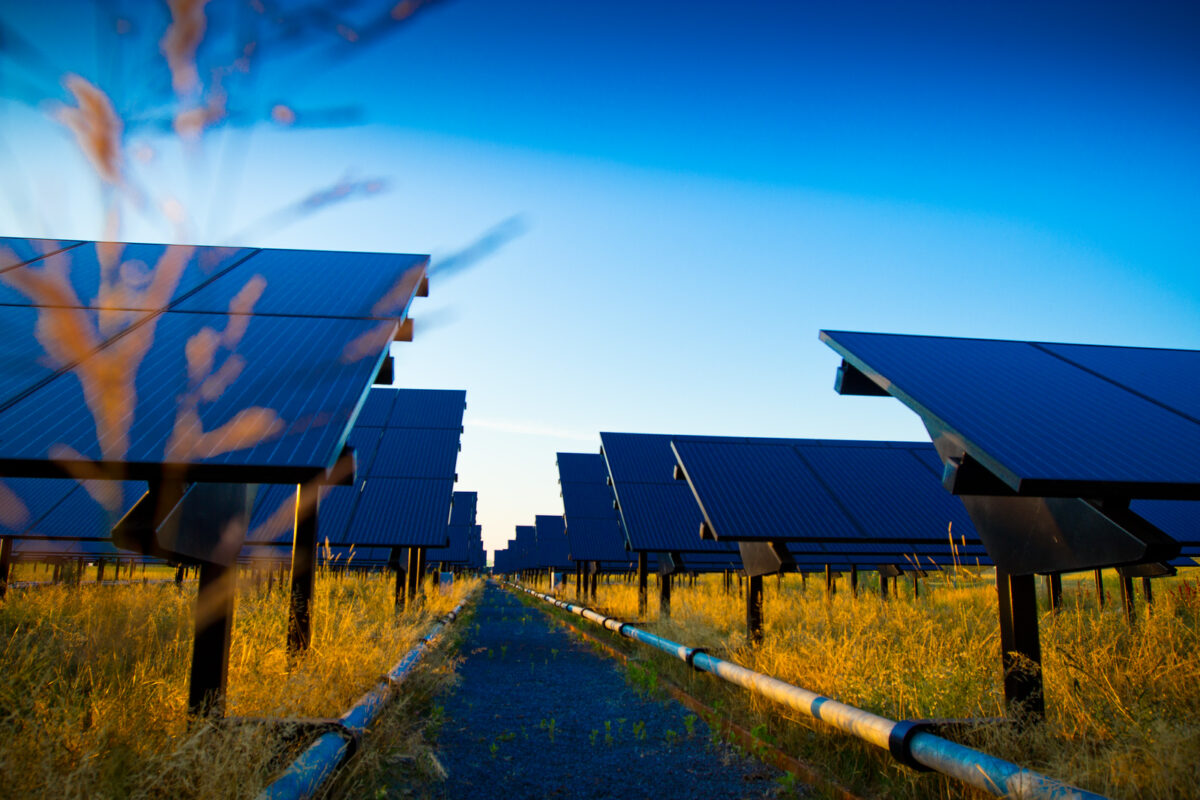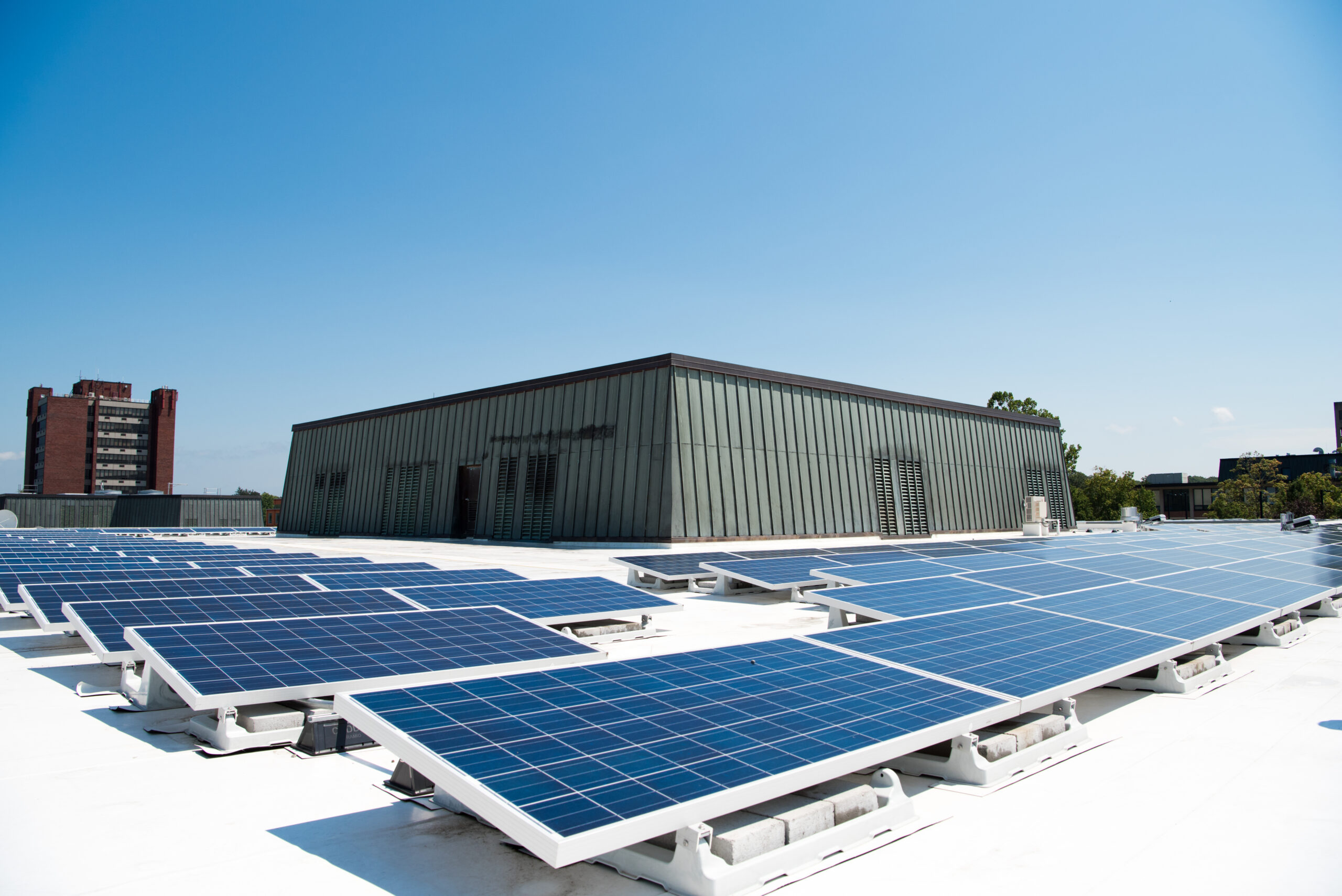Net-Zero Carbon Emission

As people all over the world feel the intensifying effects of climate change, investors are becoming more selective and choosing companies that demonstrate environmental responsibility. This has led to many of the world’s largest companies making pledges to reach “net zero” carbon emissions within specific timeframes, and smaller companies are following suit. We’ll go over what you need to know about net zero, its pitfalls, and how solar energy systems factor into emissions reductions.
What Is Net Zero?
The concept of “net zero” refers to slashing greenhouse gas emissions by as much as possible, and ensuring any that remains does not re-enter the atmosphere. Of all greenhouse gases, carbon receives the most attention and is the focus of most net-zero efforts. Companies like Alaska Airlines and Visa have pledged to become carbon neutral, while Apple has announced the company’s supply chains will be completely carbon neutral by 2030.
Ambiguity in Net-Zero Promises
While the concept of net zero is simple on paper, the way companies plan to achieve it is often complex and potentially misleading. For example, many companies choose to do nothing about their actual emissions, opting instead to support projects that “offset” carbon output by doing things like planting trees. Research from a leading environmental task force indicates that less than 5% of offsets actually do anything to remove carbon dioxide from the atmosphere, leading to claims that companies are “greenwashing” for better optics rather than making any meaningful progress toward net zero.
How Solar Can Power Net-Zero Carbon Emissions
One of the most significant sources of carbon emissions is electricity generated from “dirty” sources like coal. Solar energy and the power plants that run on it produce zero emissions and no air pollution, making it one of the most direct ways to reach net zero. Numerous industries are testing the effects of using solar energy to power their operations, and it shows excellent promise in emissions reduction.
The cement industry, for example, is one of the least sustainable on Earth and makes up about 8% of carbon emissions. About 40% of those emissions occur during the production of clinker, and the company CEMEX is now using solar instead of fossil fuels during that production process, actively preventing those emissions from ever occurring.
Starting Small for Meaningful Impact
While it’s critical for more influential worldwide operators to adopt solar energy, you can do your part by generating power for your home or business through a solar energy system. Residential solar panels can allow you to run your home without contributing to carbon, and commercial solar is a brilliant opportunity to work toward net-zero emissions and other Environmental, Social, and Governance commitments.
If you’re interested in using solar to contribute to a net-zero world, Solar Liberty is here to help. Call us today at 866-807-3639, or contact us online for a free solar evaluation of your home or business.




